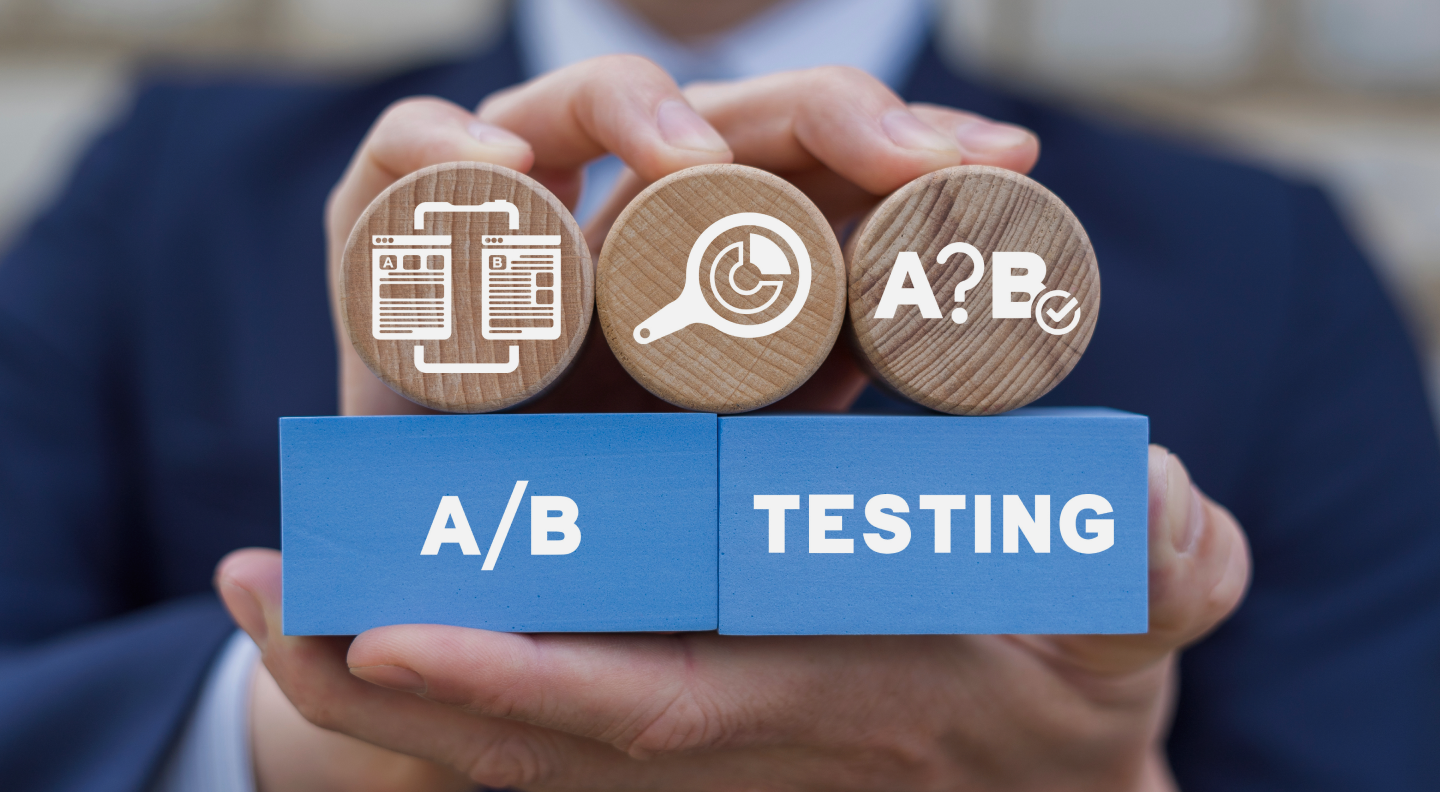A/B testing, also known as split testing, has become a crucial discipline that companies must embrace in order to optimize digital experiences in a continual test-and-learn cycle. Implementing A/B testing delivers significant benefits:
- Validate design and content decisions through data — A/B testing takes assumptions and opinions out of redesigns, messaging changes, etc. and uses visitor behavior analytics to determine what statistically performs better.
- Optimize conversion rates across the funnel — Well-designed A/B tests identify opportunities all through the user journey — from landing pages to registration forms to checkout flows — to increase desired actions through experience refinement.
- Lower acquisition costs and improve ROI — The conversion rate lift generated by A/B testing applied across key public-facing touchpoints results in higher return on marketing investments and lower cost per lead or customer over time.
- Prevent guesswork from causing lost revenue — Experimentation limits the risk of making wrong decisions and ultimately losing revenue opportunities by not having visibility into what would have performed better or worse.
- Continually raise the performance bar — A culture and discipline of experimentation pushes teams to always question assumptions and strive to beat existing baselines through incremental wins that compound over time.
In essence, A/B testing fuels data-backed growth and prevents teams from flying blind. In today’s competitive landscape, testing and optimization drives advantage more than ever.







